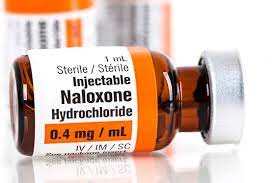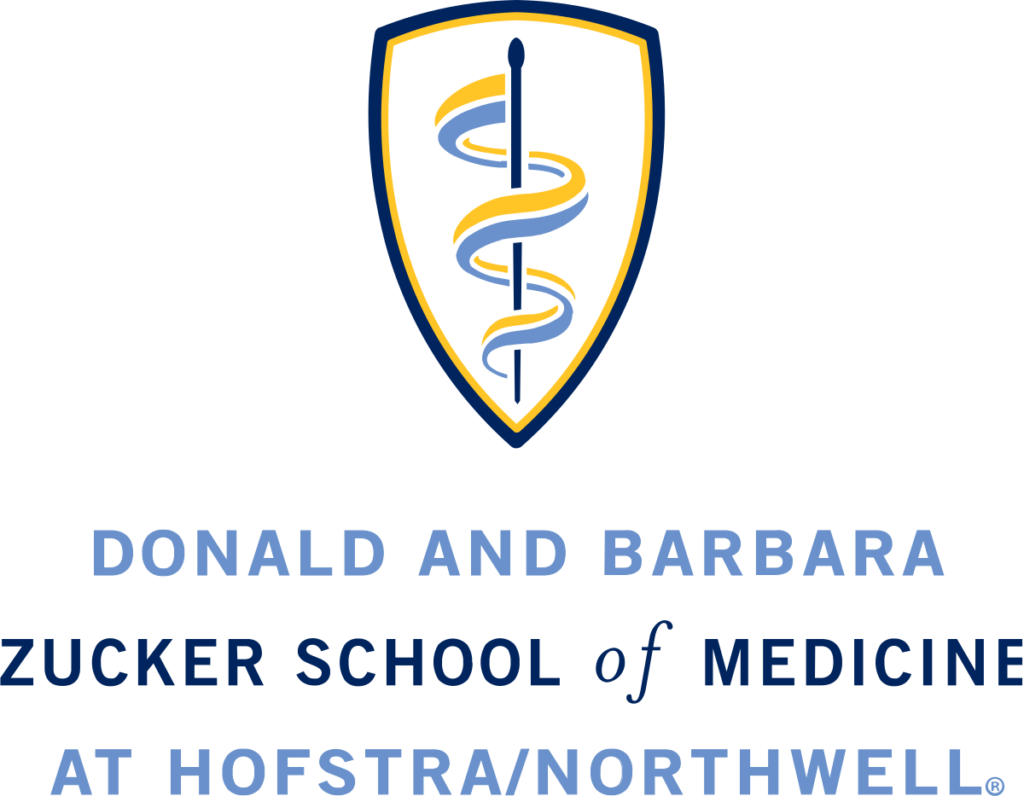
Evidence Based Toxicology (EBT)
“Why Does EMS Use 2mg Naloxone? Does it Antagonize 100% of the Mu Receptors at That Dose? Is that a good thing?”
Opiate addiction and overdose are major problems in this country, affecting not only the general public, but putting a strain on emergency resources, both pre-hospital, and in the hospital. According to the American Society for Addiction Medicine, 1.9 million people live with prescription opiate abuse and/or dependence and an additional 517,000 suffer from heroin addiction / abuse. In addition, 17,000 die annually from prescription opiate overdose and 8,200 die annually from Heroin overdoses. Ironically, as efforts to combat prescription drug abuse have grown, so have the numbers of people turning to heroin, a drug that can often be cheaper and easier to obtain than prescription opiates.
A mainstay of treatment of heroin and other opiate overdoses is Naloxone. Naloxone is a widely used opioid antagonist. It competitively inhibits opiates by binding to the Mu, Kappa, and Sigma opioid receptor sites, with a higher affinity for the Mu receptor. Its duration of action, however, can be much shorter than some opiates (Methadone is one example) necessitating readministration in some cases. The dosage needed for an opiate overdose is not fixed and is affected by many factors. According to Boyer’s article, “The effective dose depends on the amount of opioid analgesic the patient has taken or received, the relative affinity of naloxone for the mu opioid receptor and the opioid to be displaced, the patient’s weight, and the degree of penetrance of the opioid analgesic into the central nervous system.”
Melichar et al. showed that “13 μg/kg of naloxone (∼1 mg in an 80 kg person) was required to produce an estimated 50% receptor occupation.” One could extrapolate from this statement that 2mg of naloxone in an 80kg man would in fact cause close to 100% binding at the Mu receptor. What I am not able to discern from this abstract is whether the individuals studied were opiate naive or dependent, which can also affect dosage that a patient would take causing overdose. However, the tolerance is not really by increasing the number of Mu receptors but by persistently binding and desensitizing the receptors and blunting receptor recycling.
As per why EMS uses 2mg Naloxone, there is no clear dosage such as ACLS recommending 1mg of epinephrine during a cardiac arrest. Paramedic protocols differ state to state, and in New York differ county to county. New York City has it’s own ALS protocols, different from Nassau County, as well as Suffolk County and Westchester. In New York City, the Altered Mental Status Protocol states: “Administer Naloxone, titrate in increments of 0.5 mg up to response, up to 4 mg, IV/Saline Lock bolus. If IV/Saline Lock access has not been established, administer Naloxone 0.5 mg, up to response, up to 4 mg IM or IN.” Medical control options allow for repeat dosing of the naloxone. Nassau County states in their overdose protocol: “Naloxone (Narcan) 0.4 – 2.0 mg (titrated) IV/IO/IM/IN – If respiratory depression.
If (opiates suspected) May repeat x 2.”
There is certainly no rule in either of these protocols mandating the 2mg dosage, and in fact they are in line with most medical protocols for overdose management recommending titrating the dose until you have desired response. Therefore the dose that EMS gives is not supposed to be “always 2mg” and may be different, it is also important to ascertain whether the providers gave 2mg at once or over time, as the protocols specifically state that they should be titrated. Also, of note, in a review of ME cases where death was found to be caused by opioid overdose, Naloxone was also not given in approximately 1/3 of the cases where resuscitation was attempted. In New York City, there used to be a common practice of giving 2mg Naloxone to virtually every arrest as part of the “Hs and Ts.” This is not routinely done now.
Sources:
- http://www.asam.org/docs/default-source/advocacy/opioid-addiction-disease-facts-figures.pdf
- https://www.drugabuse.gov/about-nida/legislative-activities/testimony-to-congress/2015/americas-addiction-to-opioids-heroin-prescription-drug-abuse
- http://dailymed.nlm.nih.gov/dailymed/drugInfo.cfm?setid=76f7eee1-d524-43a4-a868-ffa9f29638a6
- Boyer, E. Management of Opioid Analgesic Overdose. N Engl J Med 2012; 367:146-155
- Clarke, SFJ, Dargan, PI, Jones, AL. Naloxone in Opiate Poisoning: Walking the Tightrope. Emerg Med J 2005;22:612-616.
- Melichar, J, Nutt, D, Malizia, A. Naloxone displacement at opioid receptor sites measured in vivo in the human brain. European Journal of Pharmacology. Volume 459, Issues 2–3, 17 January 2003, Pages 217–219.
- Sumner, SA et al. Use of Naloxone by Emergency Medical Services during Opioid Drug Overdose Resuscitation Efforts. Prehospital Emergency Care 2015 September 18:1-6.
- Whistler, J. Examining the role of mu opioid receptor endocytosis in the beneficial and side-effects of prolonged opioid use: From a symposium on new concepts in mu-opioid pharmacology. Drug and Alcohol Dependence, 2012-03-01, Volume 121, Issue 3, Pages 189-204.
- Nassau County Paramedic Protocols http://www.nassauems.org/PDF/Protocols%207-1-14/2015_ADULT_Protocols_150701.pdf
- New York City Paramedic Protocols http://www.nycremsco.org/images/articlesserver/04-ALS_Protocols_August_1_2015_v08012015b.pdf

